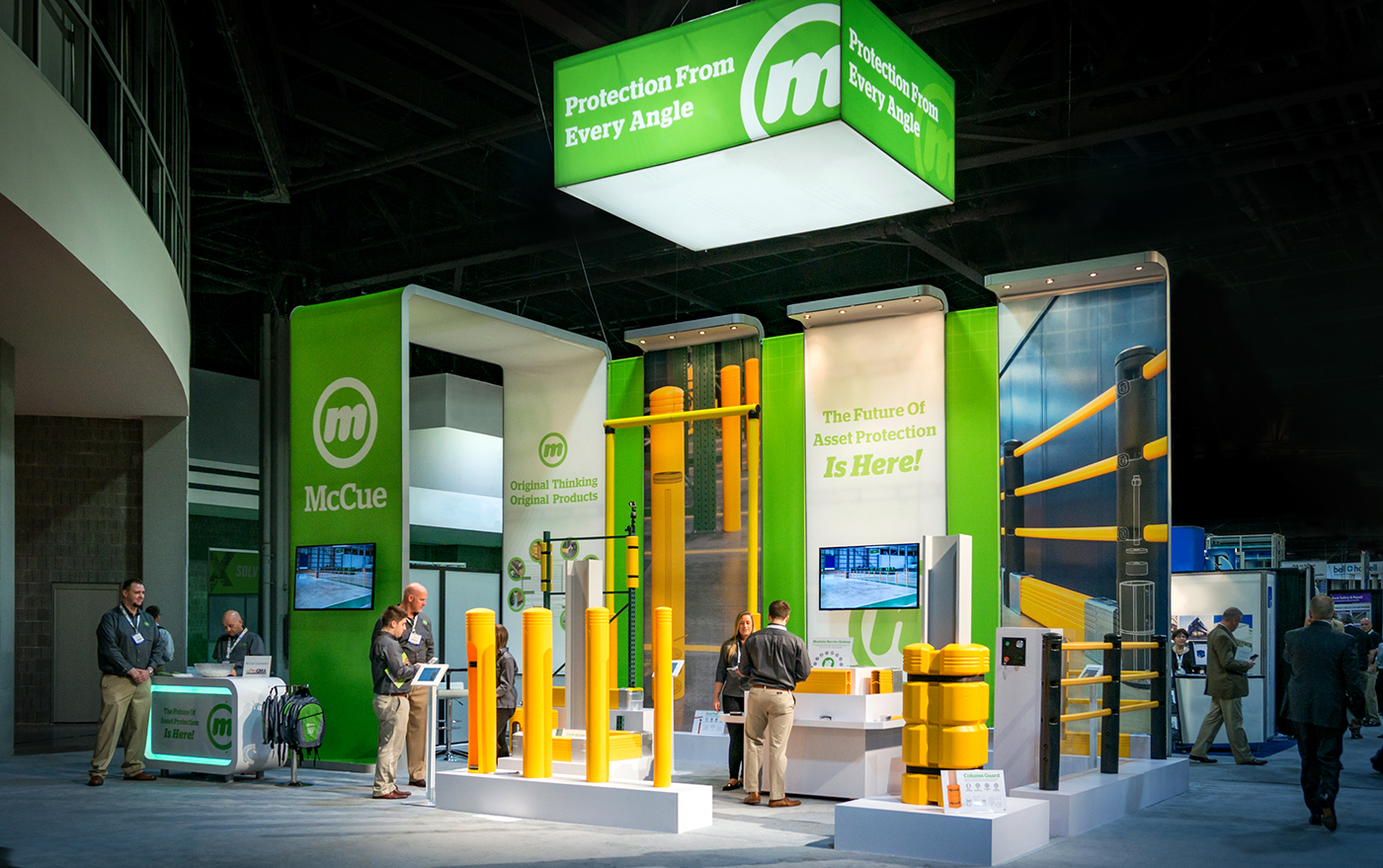Transform your photos into professionally framed artistic statement pieces to elevate your home or office decor. A well-chosen frame not only protects your photos but also enhances their visual appeal, turning simple snapshots into eye-catching art. Professional framing allows you to customize every aspect, from frame style to matting and glass type, making your photos truly unique. Whether it is a cherished family portrait, a travel memory, or a creative print, framing gives it the respect and attention it deserves. This process adds depth and character, making your photos stand out and enrich your living space. Professional framing offers a perfect balance of protection and style. It preserves your photos from dust, moisture, and damage while adding an artistic edge.
You can select from a variety of materials, such as wood, metal, or acrylic frames, depending on your decor style. Frames come in different finishes and colors to complement any photo or room design. Customization is a key advantage of professional framing. You get to choose the frame size and shape that best fits your photo. Adding mats or borders helps to focus attention on the image and create a polished look. Matting can be single or double-layered with various color options to enhance contrast and depth. Glass or acrylic covers protect the photo while reducing glare and UV damage. Using professional framing services guarantees precise cutting and assembly, ensuring a clean, neat presentation. The craftsmanship adds value, making your photo look more sophisticated and gallery-ready. Frames can also be tailored to fit odd-sized or panoramic photos, allowing creative freedom.
Summarizing the benefits of transforming photos into framed statement pieces:
- Protects photos from environmental damage and aging
- Enhances visual impact by adding style and depth
- Offers customization in frame material, color, size, and matting
- Improves presentation with professional assembly and finishing
- Adds value to personal memories or artistic Canvas Printing Dubai
Choosing the right frame depends on the photo’s subject and the surrounding decor. For example, traditional wood frames add warmth to family portraits or classic art. Sleek metal frames suit modern prints and abstract designs. Neutral colors work well with vibrant photos, while bold frames create a focal point in minimalist spaces. Properly framed photos can serve as conversation starters and personal statements. They reflect your taste and attention to detail while creating a welcoming atmosphere. Whether displayed individually or grouped as a gallery wall, framed photos bring personality and style to any room.
To get started, gather your favorite photos and decide which moments you want to showcase. Consider the environment where the framed pieces will hang, then select frame styles and mats that complement the setting. Professional framers can help guide your choices to achieve the best balance of protection and aesthetics. In conclusion, transforming your photos into professionally framed artistic statement pieces is an excellent way to preserve memories and boost your decor. The combination of protection, customization, and expert craftsmanship turns everyday images into lasting art. By choosing the right frame, matting, and glass, you ensure your photos remain beautiful and vibrant for years to come. Make your cherished moments stand out with the timeless appeal of professionally framed artwork.







